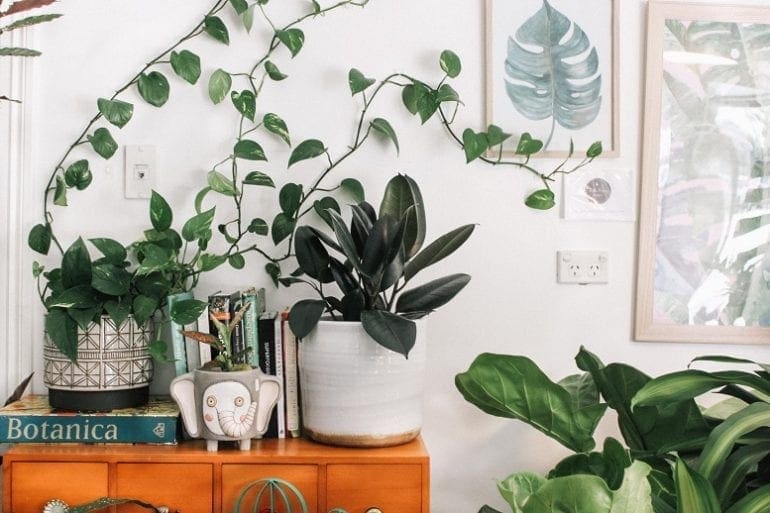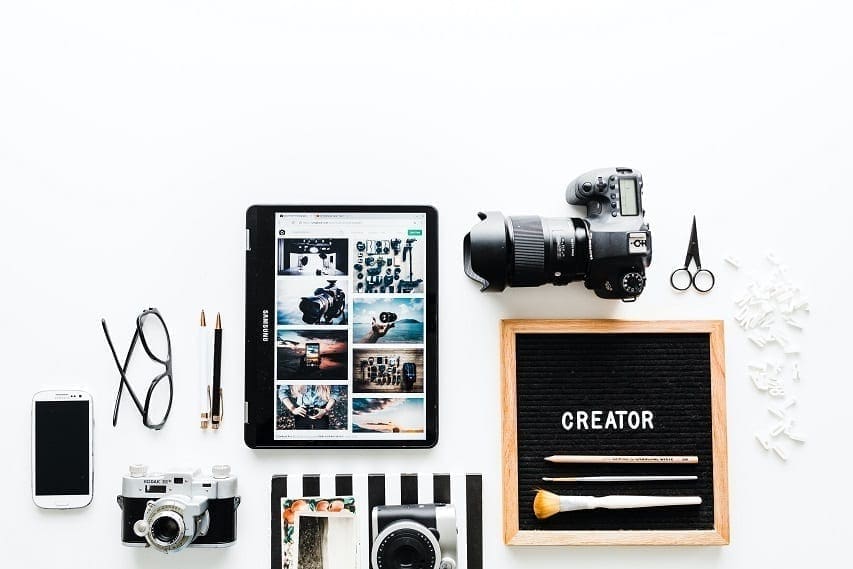The runner’s high. Love’s neurochemistry. Euphoric, music-induced chills. Everyone’s favorite psychoactive compound has a way of appropriating the neurotransmitters found in our brains. And just as runners have their high, artists have an endorphin-filled momentary release. A sort of hypnotic state. One where the words, patterns or sounds seem to flow more freely than ever. But how does one learn how to get into a creative mood?
My Story
The first time I experienced a creative “high” was in my high school’s creative writing class. I thought my 2,000-word story on a gunslinging landscaper living in post-apocalyptic Newark, NJ was the next great American novel. In the years that followed—up until around my last year of undergrad—that mood came all too infrequently. And what’s worse, I chased it. I took drugs. I pulled all-nighters.
Still, it seldomly came. It was my psychoactive carrot on a stick. Always in sight, but forever out of reach.
In my early 20’s I gave up on the pursuit. I wrote in excess when I felt I was in a creative mood, and hardly at all when I didn’t. When I entered the professional world (publishing) I took this misguided philosophy with me. As a result, I was inconsistent. There were weeks where I’d perform tenfold. Other times I’d miss deadlines—no doubt blaming it on writer’s block, my last haircut, the weather (you get the picture).
“The definition of insanity is doing the same thing over and over again and expecting different results.” The skeptic in me knew Albert Einstein never said that. But it didn’t make it any less true. So, despite my excuses and the inner demons—which I promise you poses a separate challenge entirely—I did a little reprogramming. I realized that part of being a professional creator meant creating, even when I didn’t feel like it. I wasn’t going to be in a creative mood all the time, and that’s OK. So long as I always push through.

What You Can Do
There are far more successful authors, artists or musicians than I that will tell you the same thing. BUT there are certain things you can do to help yourself get in the mood to create, and maybe even achieve that artist’s high. You don’t have to be an artist to reap the benefits. Maybe you’re taking a first crack at your memoir or painting a planter. So how do you learn how to get into a creative mood? Here are some helpful tips that can stack the deck in your favor.
1. Find Creature Comforts
I’m not giving you the green light to go on a Bukowski bender. Practice moderation. For me, creature comforts mean black coffee in the morning and a scotch at night. For someone else, it might mean popcorn and weed. These things can break us through that initial stress barrier. But unless you’re writing the next “Ham on Rye” steer clear of copious amounts of substance use.
2. Schedule Time to Be Creative
One of the hardest life lessons we learn is that time is fleeting. We have full calendars. Responsibilities. Familial obligations. The good news is Rome wasn’t built in a day. Schedule a small window of time each day that is strictly for you and your work. Over time, those small victories will add up to something great. I do my best creative work at sunrise. So I block out 6 A.M. to 7 A.M. for myself. For others, who may have a hard time unplugging before they’ve handled the day’s responsibilities (or are just plain night owls), make time in the evening. Make sure you handle any personal matters that may interfere with your creative time beforehand.
3. Curate a Favorable Environment

Pick a good environment to do your work. For most, it’s typically a home office, coffee shop or library. If you’re stuck home during the 2020 pandemic (or just enjoy working from home like I do) take steps to improve your surroundings. Clean up your place. Buy some plants. Find some design inspiration. Either way, go to a place you can call your own. Even if it’s just under a tree at the park. Somewhere that you feel comfortable and most importantly, free of distraction.
4. Go Outside
It’s not easy to think of new ideas. It’s even harder if you don’t come in contact with different faces, neighborhoods or cultures. One of the greatest moments of inspiration I’ve experienced was after hiking Serchio Valley in Northern Italy. I lost myself in views of the Apuan Alps. I met people in centuries-old medieval villages. After more than a few glasses of vino, I ran back to my hotel room nearly burned a hole in my keyboard. But you don’t need to go to Europe to experience nature or culture. In an old Digest interview, I caught up with Robert Nardolillo, a local watercolorist. For him, just walking around Hoboken, NJ is something that gets his creative juices flowing.
5. Make a Playlist
That song you can’t stop listening to might be just what you need. It doesn’t have to be relevant to what you’re writing/sketching. This is an obvious one. But remember to hit repeat and hope that the artistic trance takes hold. Take it a step further and make yourself a playlist. I made a playlist for myself specifically for writing science fiction. Go for headphones over speakers on this one. They tend to shut the world out a bit more. But this is a personal preference. In the end, it’s whatever does it for you.
6. Read a Book (or view something that inspires you)

Nothing leads me to a creative mood faster than a good author. Every time I pick up a Stephen King book, I’m dumbfounded as to what madness (or substance) drove his ideas to the page. Other times, I’m in awe of how guys like Cormac McCarthy seem to invent their own language:
—Cormac McCarthy, “Blood Meridian” (1985)
7. Brainstorm and Observe
This can be anything from drawing a sketch on a Starbucks napkin to spending hours creating the blueprint for your next novel. Make mood boards on Pinterest. Bookmark posts on Instagram. Brainstorm even when you’re not brainstorming; observe everything you see. That guy on the PATH in the worn-out Wranglers and the gold-tinted aviators might be the subject of your next project.
8. Use Creative Prompts
My freshman creative writing professor in college used to give us these bizarre writing exercises that involved us making prank calls to strangers. Though many of them ended up being pretty hilarious, we achieved something. It got us thinking about new characters, voices, perspectives, etc. Check out these writing prompts from Poets & Writers or these art journal prompts for drawing and painting at Blacksburg Belle.
9. Take Advice From an Expert
When I’m truly lost, I turn to video lectures. I’m a writer, so I listen to knowledgeable writers. For fiction, I like to watch Brandon Sanderson‘s lecture series from BYU. When I’m working on my own fiction, videos such as this are a huge help. (Check out my short story on Tablo.)
How Do Writers at The Digest Get Into a Creative Mood?
“I feel the most creative after (or sometimes while) reading fiction or watching TV and movies. It’s inspiring to see how different people think and what their view of the world is like.” –Abby Montanez, Assistant Editor
“I tend to be at my most creative when I am inspired. Particularly, when I watch a beautifully told story on the big or silver screen. These storytellers motivate me to perfect my craft.” –Christian Milcos, Writer
“I find myself to be in the most creative mood following exercise, specifically running. In general, running is an activity that has always cleared my mind and left room for a clearer thought process. I’m able to think better and more expansively afterwards, while maintaining focus to follow through on any ideas that come to light.” –Michelle Garay, Writer
“If I can read something that impresses me, then I’ll be inspired by it. This could be the intimidating but awe-inspiring prose of Angela Carter. Or work that pushes boundaries while maintaining commercial appeal like the stories of Clive Barker. If the writing draws me in, then dares me to think the work looks easy, then (foolishly or necessarily) I am inspired.” –Tom Garback, Writer
“I’m in a creative mood after a few cups of coffee. Listening to my favorite podcasts also gives me perspective for when I’m working on my own podcast. Great creators inspire great creators.” –Tom LaVecchia, Publisher
About the Author/s
Michael is the Editor-in-Chief of New Jersey Digest, COO of X Factor Media, and an avid writer. Growing up in Bergen County, he discovered his passion for words while in Friday detention. Michael loves kayaking, a fat glass of Nebbiolo, and over-editing.
